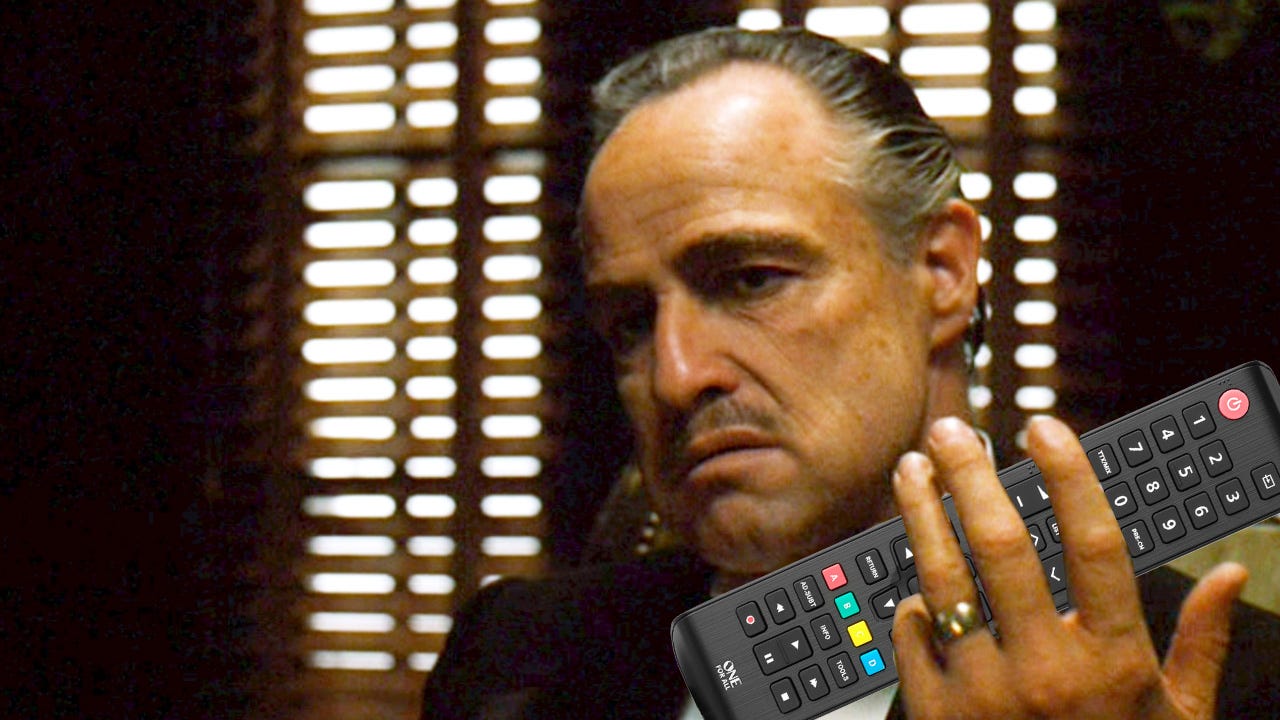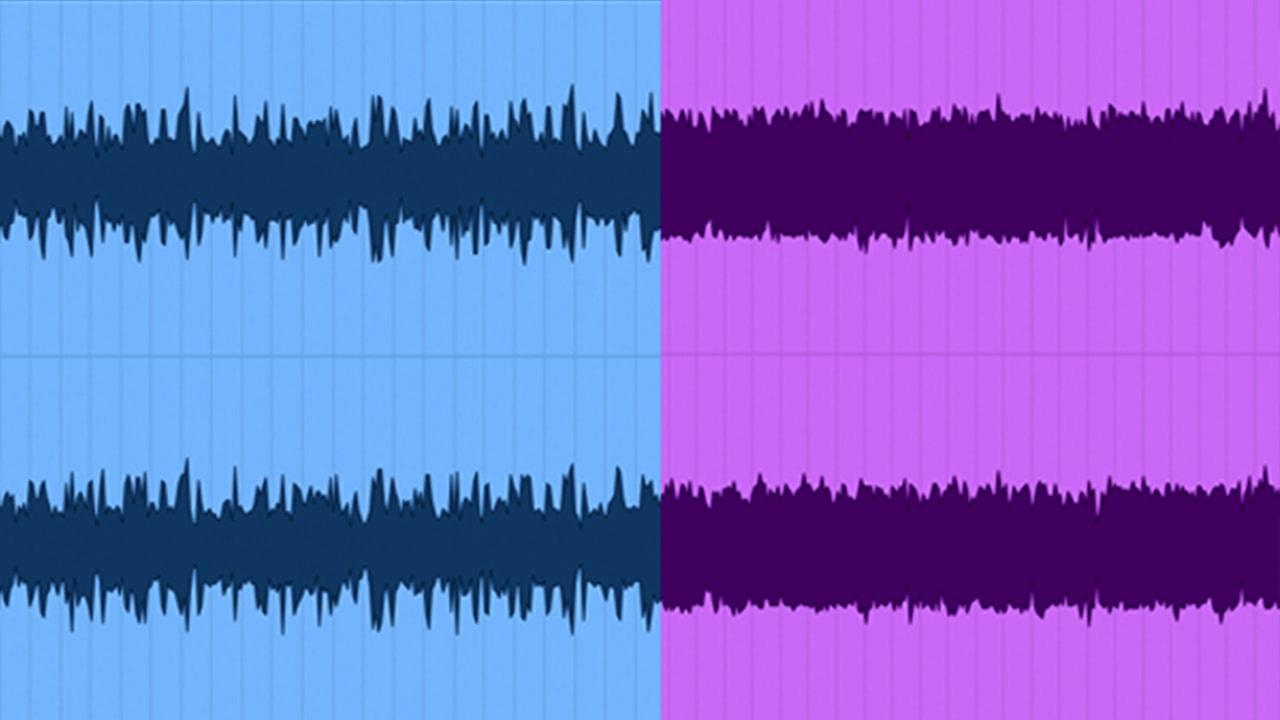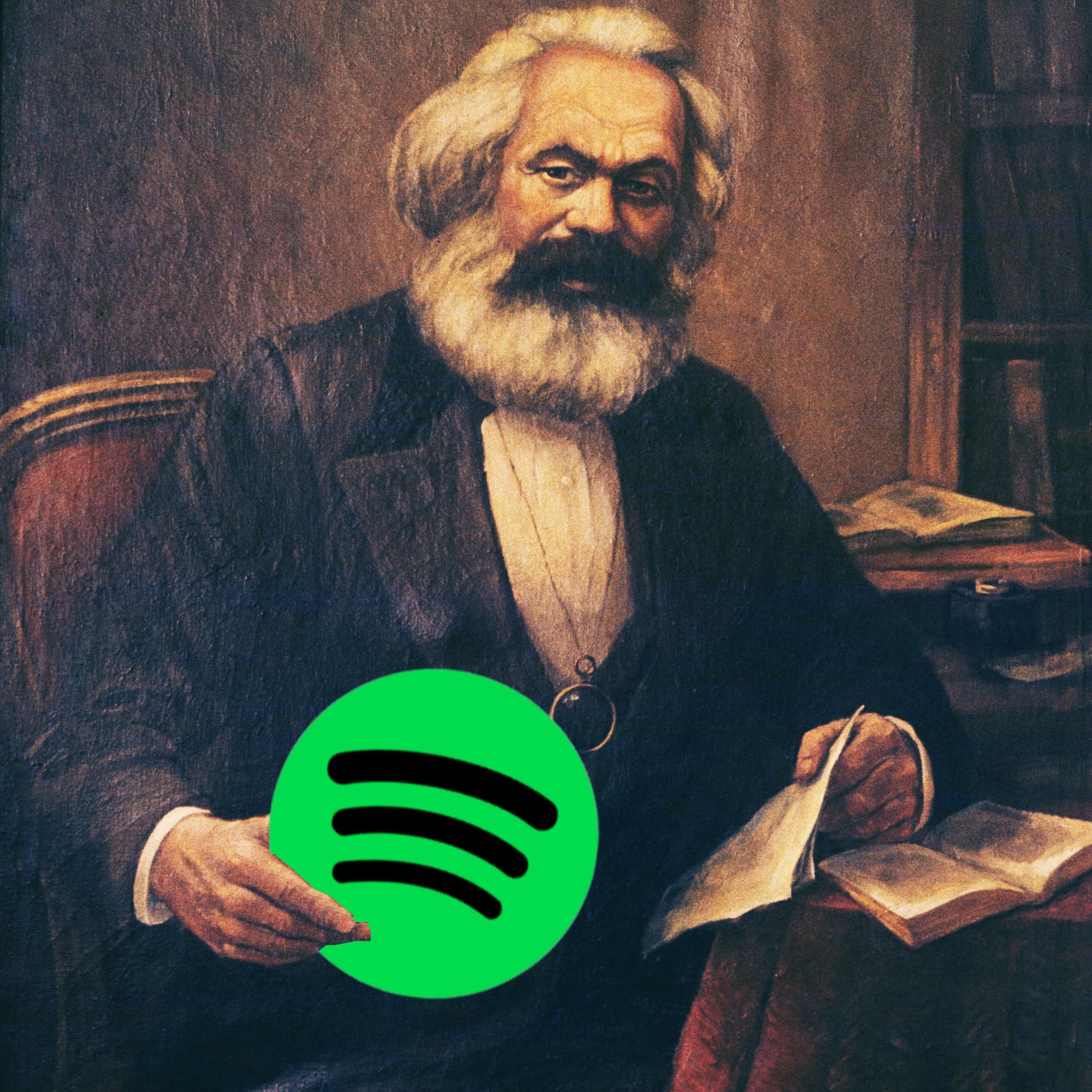Video streaming apps need a 'night mode'
In my best Old Man Yells At Cloud voice: IT'S TOO DAMN LOUD
I’ve come to an inarguable conclusion: all streaming apps need an audio night mode.
Late on the weekend, I was watching The Godfather Part II. The movie was as great as ever, but I had an issue: every time Al Pacino made a thinly-veiled threat to a sweaty man one bite of pasta away from bursting out of his button down, I had to turn the volume way up to hear what was going on.
Then, when something totally reasonable would happen — you know, like a house being shot up, someone being stabbed, or a car exploding — the resulting noise would boom through my apartment.
This meant I spent the entire movie clutching the remote like it was the door at the end of Titanic, constantly adjusting the volume to avoid being hung, drawn, and quartered by my neighbours.
What I needed, friends, was a night mode feature.
Before we get there though, let’s take a step back.

Audio containing the sort of drastic volume changes described above is said to have a high dynamic range. This means there’s a large ratio between the quietest and loudest sounds.
This technique can be used to enhance a story, but, if pushed too far, it can become uncomfortable for listeners — and that’s where compression comes in.
From an audio viewpoint, this isn’t about making file sizes smaller. Instead it’s used to reduce the volume difference between loud and quiet sounds.

Whether you recognise it or not, you hear compression every day. It’s a vital part of how we consume, well, all audio.
An example I like returning to is classical music on the radio.
From the humblest sonata all the way through to the most bombastic orchestral work, dynamics are integral part of the genre. Composers use force and volume to give music nuance.
The issue is that classical music was created to be listened to in a quiet, controlled environment. The same isn’t true for radio. That’s often used when people are driving or in public spaces, and the background noise in these locations can make the quiet and soft parts of the work borderline inaudible.
This has resulted in much of the classical music played on the radio being compressed. It delivers a more consistent volume throughout, making it easier for people to listen to when they’re moving through a noisy world.
Compression, though, is easily abused. And here’s where we come to the Loudness Wars, a trend that saw the increase in volume of music.
Humans innately like loudness. It feels more powerful, it grabs our attention — and the record industry has taken advantage of this for as long as it’s existed.
In its early years, back when radio play was still everything, labels and producers would make their tracks as loud as possible so it stood out to the disc jockey choosing which record to play.
It wasn’t until the launch of CDs that the Loudness Wars really kicked into gear though.
This focus on sheer volume existed during vinyl’s heyday, but the nature of the medium meant there was a limit to how much compression could be applied and how loud you could make a track.
But with CDs? You could smother a song with compression.
This led to a race of increasingly loud-sounding music with little in the way of dynamic range.
One of the best examples of this production technique came with Metallica’s ‘Death Magnetic’ album.
Around the time of its release, people noticed that the tracks used on Guitar Hero sounded markedly different to those released on CD. This was compression at its worst. Have a listen:
Thankfully though, those days are over. And… for once… streaming was actually the saviour?
Music platforms like Spotify tend to normalise audio, which is a fancy way of saying “make it all the same volume.”
It means you can create a playlist consisting of songs from any era or genre without having to alter the volume continuously. And a side effect of this is artists can’t try and stand out simply by being louder.

So where is this windy road leading? Well, back to movies that veer wildly in volume.
Because, in my mind, what every video streaming app needs is a night mode that can compress audio and make the volume as consistent as possible.
I’m sure there are film fanatics who have read about the Loudness Wars and want no part of that in their favourite medium — and I couldn’t agree more.
The idea of going to the cinema and being faced with a film with no dynamic range sounds dire.
But I’m not at the movies though — I’m at home.
And, yes, while many TVs have built-in dynamic range compressors, these are often under a strange, proprietary name and hidden in the dark recesses of its settings.
Here, you can’t easily toggle dynamic range compression on and off — and this is why it needs to be a feature on the streaming app itself, just like subtitles.
This audio night mode shouldn’t just deliver a consistent volume either, it should also flatten the sound, meaning big bass and harsh trebles won’t ripple through your apartment, disturbing everyone around you.
All I want, late at night, is to keep the peace, while Michael Corleone does the opposite. Is that too much to ask?




Believe it or not, there are people who care about such stuff, although - of course - the greed of loudness gets in the way, and essentially nobody follows "the rules" or even "the laws".
See: https://music-loudness.com/
-and-
https://en.wikipedia.org/wiki/Commercial_Advertisement_Loudness_Mitigation_Act
Oh and another industry 'lie': it's not loudness wars. It's LEVEL WARS. You can play anything at any loudness you want in your living room - that's why there is a volume control. -AND- Compression does NOT make things "louder": it makes the quiet to loud parts closer together.
The real answer, which foolish kidz making music don't get, is to EXPAND the dynamics, so things sound PUNCHIER. That is the opposite technically of compressing. But it works.
Yeah, so whether it's politicians or moovees, everyone wants to be "louder" and "first".